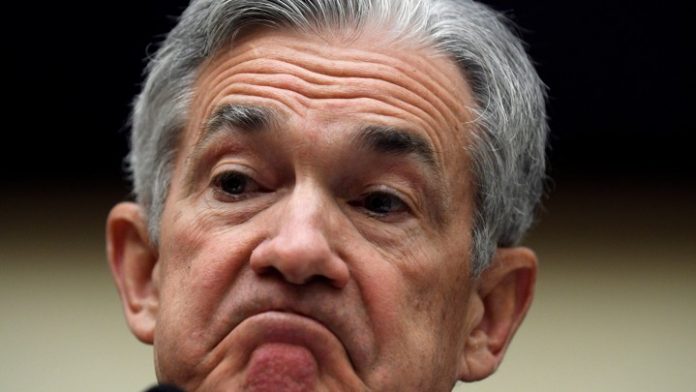Stocks fell today, led lower initially by regional banks. Small banks then pared back their losses through noon, but the general market slid lower still. The Dow, S&P, and Nasdaq Composite all retreated as a result.
Treasurys also fell this morning in response to snowballing debt ceiling fears, which only added to the Treasury market’s recent chaos. The S&P tends to follow Treasurys, and today’s long-term debt selloff sent a potential sell signal to traders. President Biden is scheduled to meet with House Speaker Kevin McCarthy at 4 pm EST this afternoon.
Although bulls may be hoping for a swift debt ceiling resolution, both Biden and McCarthy have warned that today’s talks are merely a “conversation.” McCarthy wants to see spending cuts before he agrees to anything. Biden wants to raise the debt ceiling without reducing government spending.
Both sides believe they have significant leverage, which should make it that much harder to strike a deal.
This, along with ongoing regional banking drama, has kept the market in a sideways, choppy pattern over the last few sessions.
“Wall Street is hesitant to take on any major positions until we find out the outcome to both debt ceiling talks at the White House and on whether or not inflation is proving to be very sticky,” said Oanda strategist Edward Moya.
“No one is doubting that bank stress won’t be going away as lending conditions continue to tighten, reserve requirements will go up, which will lead to less loans and a weaker economy.”
The Fed’s financial stability report, released yesterday, confirmed as much.
“A sharp contraction in the availability of credit would drive up the cost of funding for businesses and households, potentially resulting in a slowdown in economic activity,” the report read.
Bank officers also told the Fed that new loan demand plunged in the first quarter. Commercial and residential real estate loans endured a particularly large slump, as did auto and industrial lending. The last time commercial loans were this weak was back in 2009 – an inauspicious comparison if there ever was one.
“The effects of the banking panic will be felt over time,” Oxford Economics analysts said.
“Large proportions of banks of all sizes plan to tighten standards further over the rest of the year.”
The Fed’s report showed that deposits at banks are down as well, to the tune of $521 billion from the beginning of March until the third week of April. It should be noted, however, that lending is not contracting; it’s simply growing at a very slow pace.
“Lending has continued to grow, but the pace has been slowing really since the second half of last year,” Fed Chairman Jerome Powell said at his post-hike press conference last Wednesday.
But even the Fed acknowledged that commercial real estate is a potential ticking time bomb for banks, which hold roughly 60% of commercial real estate loans. The majority of this is held by regional banks.
“The magnitude of a correction in property values could be sizable,” read the Fed’s report, which went on to say that a significant decrease in commercial real estate prices could cause sizable credit losses for small banks, which are already in trouble. That’s something we discussed in late March after a note from Citi analysts initially examined regional banking risks following the Silicon Valley Bank meltdown.
To complicate matters further, investors have tomorrow’s April Consumer Price Index (CPI) release to look forward to, which should hopefully spark a breakout to end the week. Otherwise, stocks may simply “crab walk” sideways until the debt ceiling grows imminently close, at which point it will be undoubtedly raised (like it always is) following a rousing game of chicken between Democrats and Republicans.









